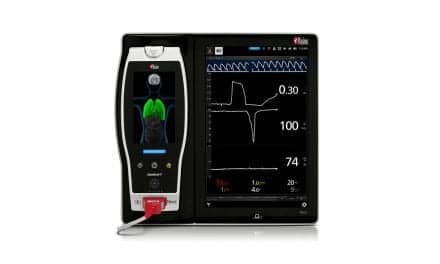In a recent interview by the Physician-Patient Alliance for Health & Safety (PPAHS) on the Society of Hospital Medicine guide for “Reducing Adverse Drug Events Related to Opioids” (RADEO), the lead author, Thomas Frederickson, MD, FACP, SFHM, MBA, highlighted obstructive sleep apnea (OSA) as a key contributing condition to greater opioid use risk.
“Sleep apnea is the number one risk factor for respiratory depression associated with the use of opioids.
[…] Patients with obstructive sleep apnea are dependent upon their arousal mechanism in order to avoid respiratory depression and eventual respiratory failure.”
Watch the full video here.
In addition to being the number one contributing risk to opioid-induced respiratory depression, OSA is also common and often underdiagnosed. Dr Frederickson states that between 7% and 22% of the adult population has a degree of sleep apnea.
To assist with better identifying and accounting for OSA in patients receiving opioids, PPAHS released five key resources to reduce the risk of respiratory compromise in this patient group:
- Use the STOPBang Screening Tool
- Ensure Post-Operative Obese Patients are Protected
- Utilize Computer Decision Support Alerts to Help Identify Patients with Previously Diagnosed Obstructive Sleep Apnea
- Learn from a Nurse and the Death of Her 17-Year Old Son
- Be Aware of Patients Like John LaChance and the Need for Continuous Electronic Monitoring
More about these five key resources to reduce the risk of respiratory compromise is available at the PPAHS website.










